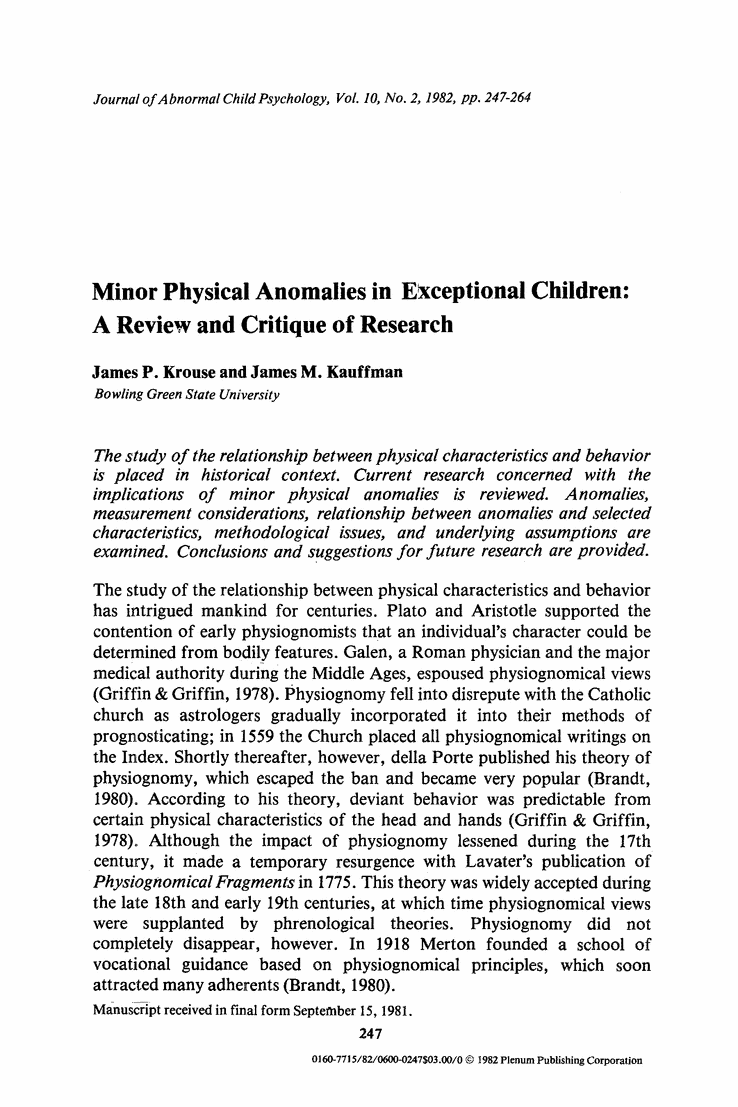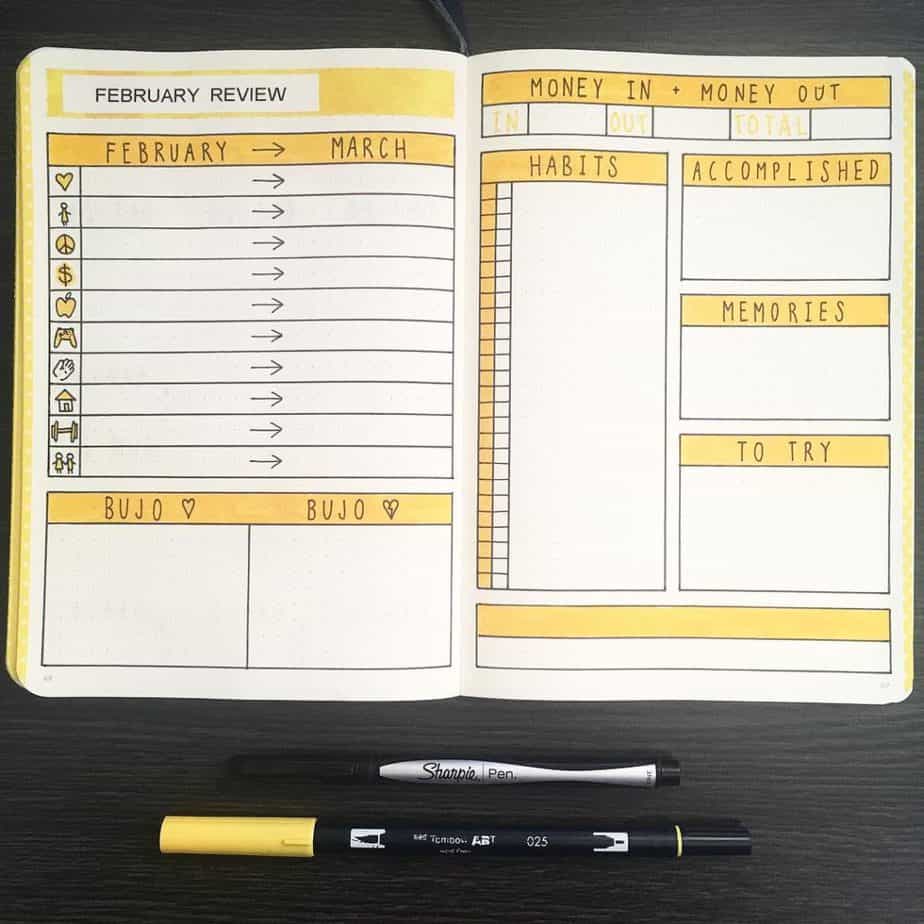

#JOURNAL REVIEW HOW TO#
If you don't, make a note now that you need to feedback on how to improve those sections. Whether specifically required by the reporting format or not, you should expect to compile comments to authors and possibly confidential ones to editors only.įollowing the invitation to review, when you'll have received the article abstract, you should already understand the aims, key data and conclusions of the manuscript. If there are formal guidelines, let them direct the structure of your review. So when you agree to the work, it's worth checking for any journal-specific guidelines and requirements. Often you can't see these until you log in to submit your review. Or they might want you to rate the manuscript on various attributes using a scorecard. Sometimes they will ask you to address specific questions in your review via a questionnaire. Other journals require a more formal approach. In this case, you may wish to familiarize yourself with examples of other reviews done for the journal, which the editor should be able to provide or, as you gain experience, rely on your own evolving style.

Many journals don't provide criteria for reviews beyond asking for your 'analysis of merits'. " Number your comments!!!" (Jonathon Halbesleben, Editor of Journal of Occupational and Organizational Psychology) Some follow an informal structure, while others have a more formal approach. The structure of the review report varies between journals. It is also important at this stage to declare any potential Conflict of Interest. Try to respond to invitations promptly - it will prevent delays. When you receive an invitation to peer review, you should be sent a copy of the paper's abstract to help you decide whether you wish to do the review. The Second Read-Through: Section by Section GuidanceĬriticisms & Confidential Comments to EditorsĪdditional Resources Step by step guide to reviewing a manuscript


 0 kommentar(er)
0 kommentar(er)
